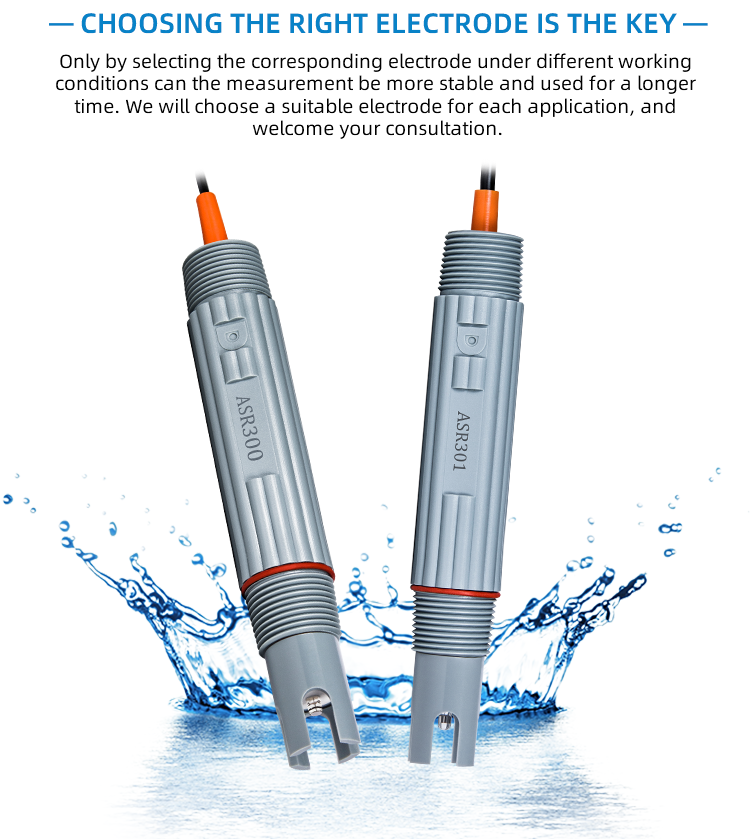Vitrified bricks are a type of high-quality ceramic tile that is polished on the surface, giving it a glossy and reflective finish. These tiles are made from the entire body of the brick, which means the color and texture are consistent throughout, not just on the surface. One of the key characteristics of vitrified bricks is their extremely low water absorption rate—less than 0.5%. This makes them highly durable and resistant to moisture, making them ideal for both indoor and outdoor use.
It's important to note that not all polished tiles qualify as vitrified bricks. Only those with a water absorption rate below 0.5% can be classified as such. Polished tiles with higher water absorption rates are simply referred to as polished tiles, not vitrified. The process of creating a vitrified polished brick involves advanced manufacturing techniques that ensure a dense, non-porous structure. This results in a surface that is not only smooth and shiny but also highly resistant to scratches and stains.
Due to their durability and aesthetic appeal, vitrified bricks are commonly used in commercial and residential spaces where long-lasting performance and visual elegance are essential. Whether you're looking for a modern, sleek look or a more traditional appearance, vitrified bricks offer a versatile and reliable option for any flooring or wall application.
Analog ORP Sensor
Analog Orp sensors and analog Orp electrodes are important and critical sensing components for measuring Orp data.Selecting the correct ORP Sensor/electrode is crucial to obtaining the best measurement results.
ORP, also known as oxidation-reduction potential, represents the oxidation-reduction ability of water, and the unit is mV. When the ORP sensor reads a negative number, this means that the substance being measured is a reducing agent, and when the reading is positive, it means that it is measuring an oxidizing agent. The reading of ORP will reflect the degree of pollution or disinfection of water, and it is an important indicator of water quality. Although it cannot independently reflect the quality of water, it can reflect the ecological environment of water bodies in combination with other water quality indicators.
If the ORP value is low, it indicates that the content of reducing substances or organic pollutants in the wastewater treatment system is high, the concentration of dissolved oxygen is low, and the reducing environment is dominant.
If the ORP value is high, it indicates that the concentration of organic pollutants in the wastewater is low, the concentration of dissolved oxygen or oxidizing substances is high, and the oxidation environment is dominant.
Daruifuno's analog ORP sensor has two types of flat platinum and circular platinum, and the measurement range is also different. Customers can choose according to their needs.The analog ORP Electrode is a double salt bridge design with Ag/Cl reference electrode. We also have glass material and plastic shell packaging models.

Analog ORP electrodes cannot transmit signals by themselves and need to be equipped with a transmitter. Our online pH ORP controllers can be connected to analog ORP sensors to achieve more display, control and output functions. We can also customize BNC connectors.
The main applications of ORP sensors include: chlorine and disinfection, cooling towers, swimming pools, water treatment, poultry processing, pulp bleaching, etc.
Analog Orp Sensor
Suzhou Delfino Environmental Technology Co., Ltd. , https://www.daruifuno.com

